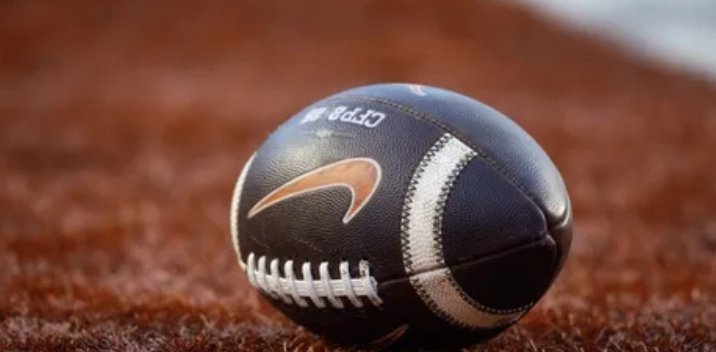After years of struggling over how to stop a trend of faking injuries, college football leaders appear closer than ever to a fix.
In the dynamic world of college football, the integrity of the game is paramount. However, recent tactics, notably players feigning injuries to disrupt the momentum of fast-paced offenses, have raised significant concerns among coaches, officials, and fans. This practice not only undermines the spirit of fair competition but also poses challenges for game officials striving to maintain fairness.
The Rise of Feigned Injuries
The tactic of simulating injuries has become a strategic ploy, especially against “hurry-up” offenses that rely on rapid play execution to tire defenses and exploit mismatches. By faking injuries, defensive teams can effectively secure uncharged timeouts, allowing them to regroup, substitute players, and stifle the offensive momentum. This strategy, while clever, has been widely criticized for compromising the game’s integrity.
A notable incident highlighting this issue occurred during a game between Ole Miss and Kentucky. Ole Miss quarterback Jaxson Dart was seen signaling to a teammate, who then immediately fell to the ground, feigning injury. This act led to an injury timeout, disrupting Kentucky’s offensive rhythm. Such blatant displays have intensified calls for regulatory intervention.
NCAA’s Response and Rule Amendments
In response to the growing prevalence of feigned injuries, the NCAA has taken steps to address the issue. In 2022, the NCAA Playing Rules Oversight Panel approved measures allowing schools and conferences to report questionable injury timeouts to the national coordinator of officials. If a player is suspected of feigning an injury, the incident can be reviewed, and the conference or school involved in the complaint has the authority to issue discipline if deemed necessary. This move aims to deter teams from employing such tactics by introducing accountability.
SEC’s Stance and Penalties
The Southeastern Conference (SEC) has been particularly proactive in combating this unsportsmanlike behavior. SEC Commissioner Greg Sankey issued a stern memo to coaches and athletic directors, emphasizing the need to “play football and stop the feigned injury nonsense.” The memo outlined a tiered penalty system for teams found guilty of instructing players to fake injuries:
1. First Offense: Public reprimand of the head coach and a $50,000 fine.
2. Second Offense: Public reprimand and a $100,000 fine.
3. Third Offense: Suspension of the head coach for the team’s next game, with potential suspensions for other involved coaches.
This decisive action underscores the conference’s commitment to preserving the game’s integrity and discouraging unethical practices.
Coaching Perspectives and Advocacy for Change
Prominent figures in college football have voiced their concerns regarding feigned injuries. Former Alabama coach Nick Saban called for significant rule changes to address the issue, suggesting that penalties, such as charging a timeout, be imposed for detected flopping. He emphasized that feigned injuries compromise the integrity of the game and advocated for measures to deter such behavior.
Similarly, Stanford coach David Shaw, chair of the NCAA Football Rules Committee, highlighted the ethical implications of faking injuries. He expressed a desire for severe penalties against individuals who coach unethical tactics, emphasizing the importance of maintaining fair play in college football.
Challenges in Enforcement
While the intent to curb feigned injuries is clear, enforcing these rules presents challenges. Determining whether an injury is genuine or feigned in real-time is difficult for officials. The NCAA’s approach of allowing post-game reviews and potential disciplinary actions aims to address this challenge by providing a mechanism for accountability without disrupting the flow of the game.
Looking Ahead
The NCAA’s proactive stance in addressing feigned injuries reflects a broader commitment to upholding the integrity of college football. By implementing measures that deter unethical behavior and promote fair competition, the NCAA aims to ensure that the game remains true to its core values. As these rules evolve, the collaboration between coaches, officials, and governing bodies will be crucial in preserving the spirit of the sport.
In conclusion, the NCAA’s efforts to address the issue of feigned injuries demonstrate a dedication to maintaining the integrity of college football. Through rule changes, penalties, and ongoing discussions, the organization seeks to uphold the principles of fair play and ensure that the game remains a true test of athletic skill and strategy.



